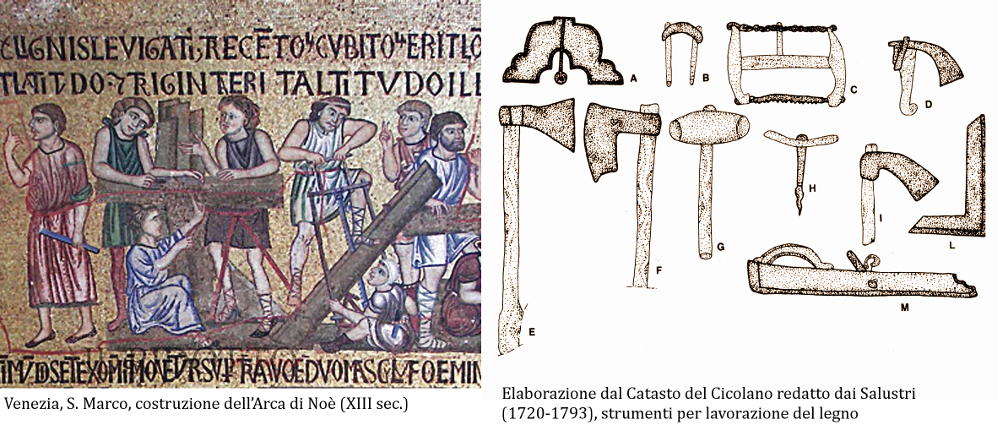Itinerary edited by UNIVERSITY OF TUSCIA 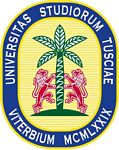

The countryside of Tuscia is the result of actions taken by man using the characteristics of the soil, primarily the lava rock. This route allows you to explore the privileged status that has been establishing in the territory of Tuscia, including soil morphology and the presence of man, which from the beginning has been able to exploit its properties. In this regard, the collections of the Museum of the City and the Territory is an important source of knowledge for the history of the environment, of the territory, its old centers, (with particular attention to the medieval and industrial archeology), for history architecture and art, techniques and more traditional crafts related to the construction.
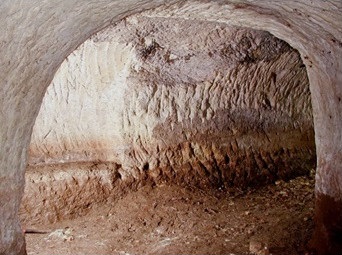
 Stone (1): Building in the Negative
Stone (1): Building in the Negative
The lava stone, in its many variants, has enabled the creation of complex tasks that you can follow, in a diachronic manner, to this day. First the ability to shape the stone is expressed through careful and millennial "way of building in negative", evident in the Etruscan necropolis with a very high constructive level, in the Middle Ages and up to modern times in the emergence of real settlements rock, sometimes on multiple levels. The lava stone has also served for the building of places dedicated to the sacredness, the devotion and hermit solitude, as well as being the center of important productive activities.

 The Stone (2): From the Cave to the Building
The Stone (2): From the Cave to the Building
A second aspect concerns, instead, the cultivation of the caves from which to extract the stone for construction, an element in which the territory of Tuscia is rich. Igneous stones, among which the peperini (recalling the caves of Viterbo and Vitorchiano) for centuries have characterized the masonry of the churches, palaces, houses, and fountains of our historical city centers. In the string of the work of extraction, regularization, squaring, and refining of the stone, great importance is placed upon the tools for the various phases of its production.
| Showcase with the instruments for the manufacturing of the stone. | Cave in the province of Viterbo |
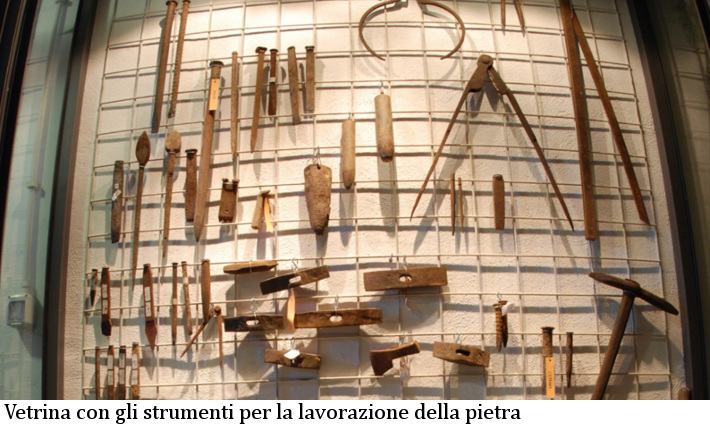
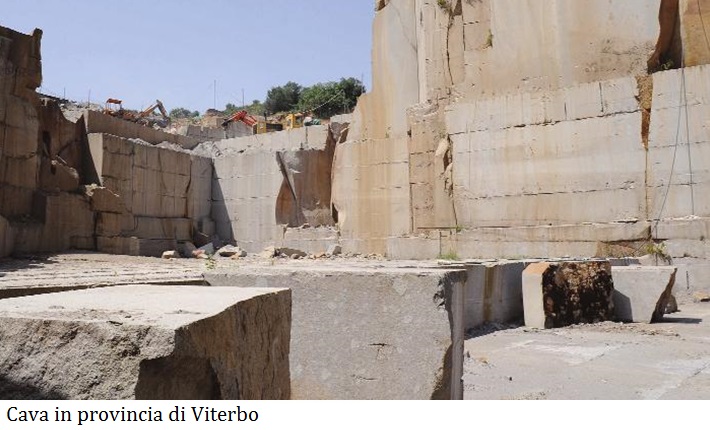
 The Wood
The Wood
The countryside of Tuscia is characterized by the presence of ample forests, such as the Selva Cimina, from which man has always obtained the wood conforming to the demands and necessities of the cultivated and uncultivated areas. The Selva Cimina has remained in history via a rich documentation which, in the course of time, has described it as “impervious and impenetrable” (Tito Livio), but certainly it was always a great natural resource.
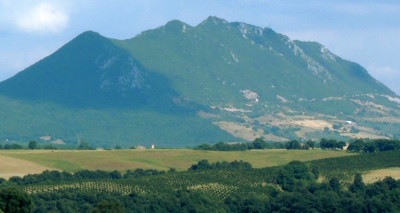
Rich in tall trees such as beech, oak, English oak, mastic, or chestnut, it constitutes a unique opulence also for the construction industry and manufacturing art. Therefore the cycle of the wood—mainly used in building construction (trusses, doors, etc…)—consists first of all in the cut of the tree with saws of various dimensions, barking and further incisions to obtain the series of planks that are then transported to the carpentry workshops. From this point, then, they distinguish the various functions for which the raw material is intended: from the work of the carpenter to the creation of devices for doors, windows, and furniture of various kinds. From here develops a very wide specialization of work tools.
| San Marco, Venice; construction of the Noah's Ark (XIII century AD) | Salustri's Cadastre of Cicolano (1720-1793), woodworking tools |
